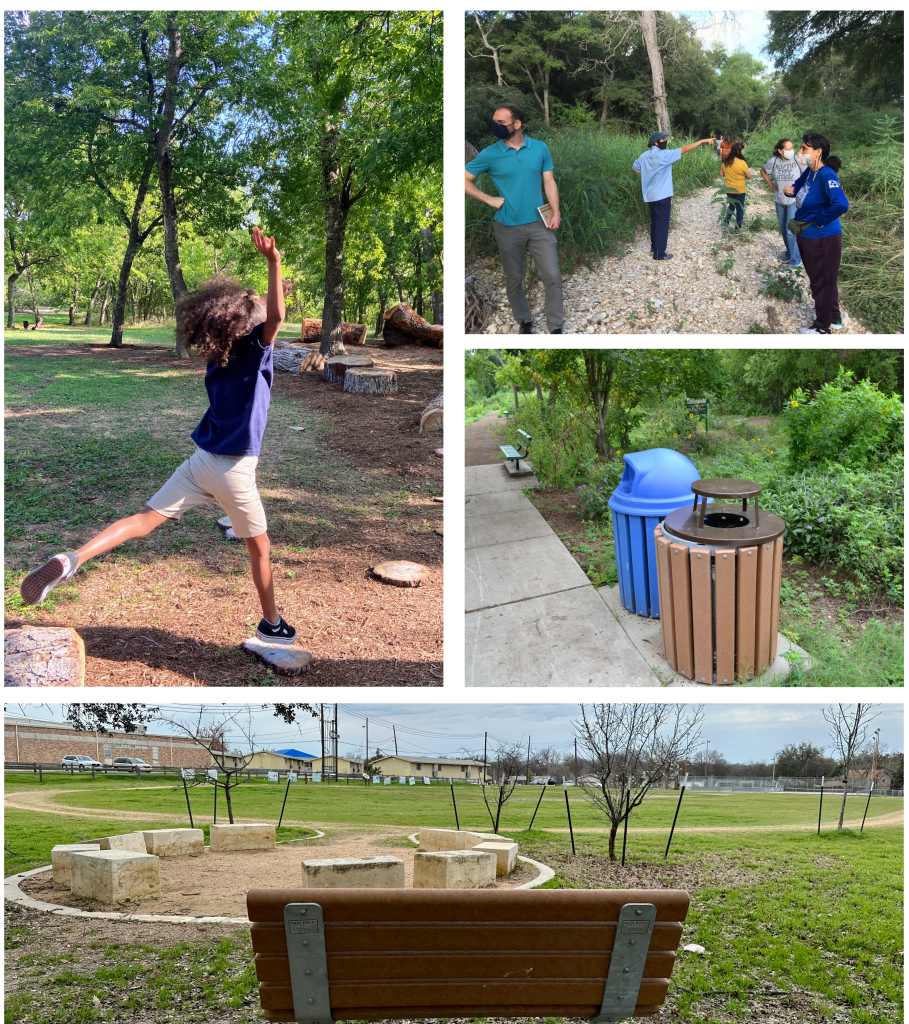Have an idea for an improvement for your neighborhood park but not sure where to start? The Community Activated Park Project (CAPP) program streamlines the proposal process for neighbors, community groups, and partners seeking to initiate improvements on city-owned parkland. Park improvement projects should reflect community and PARD priorities and can include anything from invasive species removal and signage to new benches and nature play features. The feasibility review of CAPP proposals includes the site and operational constraints. Projects proposed in joint-use school parks will have additional maintenance and ownership constraints. Flood zones, easements and utilities are considered when determining feasibility. Due to operational constraints, PARD is unable to commit to maintaining new amenities on developed and undeveloped parkland that will require regular maintenance at this time. PARD understands the importance of connecting Austinites to useable parkland. To meet this need, PARD has developed a list of projects that require minimal maintenance and may be feasible, depending on site constraints and the neighborhood’s commitment to stewardship:
- Installation of Nature trails
- Tree and brush management to expand park access
- Establishing Wildflower meadows
- Eco-restoration, such as managing invasive plants, seeding native plants, managing brush
- Some Nature Play features
Every CAPP proposal is different, and ideas do not need to be fully formed before submitting a proposal. After the CAPP is reviewed internally, proposers and city staff meet at the site to discuss feasibility and determine next steps.
On this page you’ll find helpful resources for developing a CAPP proposal. Included are examples of previous CAPPs, our CAPP proposal form in English and Spanish, an infographic of CAPP Stages, and Frequently Asked Questions.


